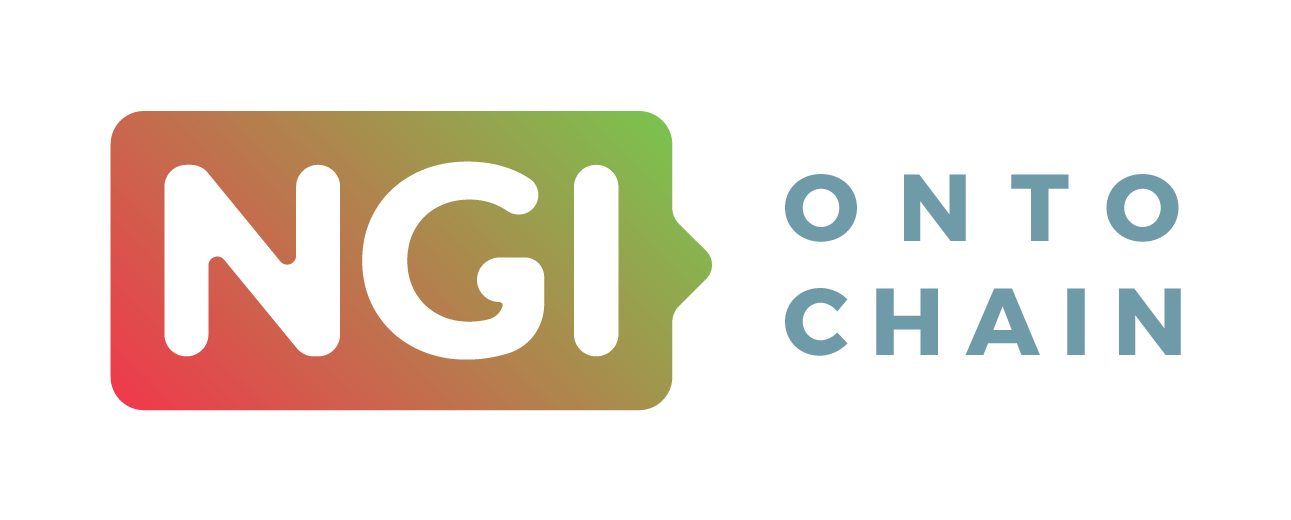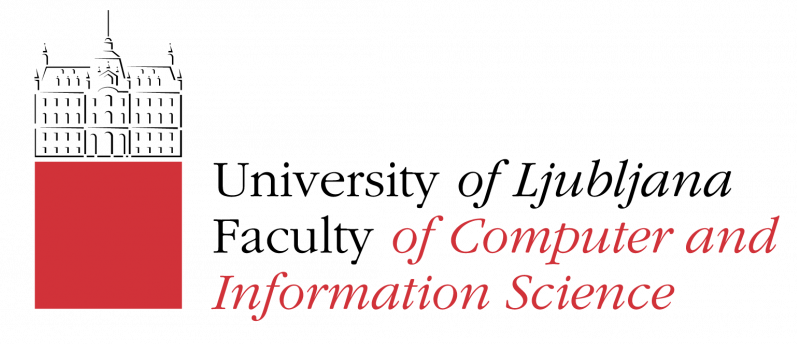Meet Yu Liu, the brilliant mind behind the second-place victory at the NGI ONTOCHAIN Hackathon #1. In this interview, Yu shares insights about their journey, project, and experiences with ONTOCHAIN services. Join us as we delve into their innovative accomplishments and the impact of their work.

Congratulations on being one of the ONTOCHAIN hackathon winners! Could you start by telling us a bit about yourself, your team and your background?
I'm originally from China, having pursued my studies in Sociology and Economics from PSL. My journey as a Blockchain/backend Engineer equipped me with a robust foundation in conventional financial technologies, insights I gathered while working at AXA. My expertise further extends into the DeFi sector, where I've successfully co-founded ventures such as Grap Finance and Swaphelper.org. My achievements include delivering intricate projects like the development of anti-scam platforms and spearheading a white-hat hacking operation that retrieved 3.6 million USD for Cover.finance. At present, I serve as the Co-Founder and CPTO of Desmo Labs. In this role, I guide teams in crafting decentralized SaaS services and executing vital ERC communication protocols. I seamlessly blend my knowledge of traditional finance with groundbreaking blockchain solutions. Additionally, I take pride in being the author behind the ERC-3475 and ERC-5851 protocols.
Your project impressed the judges. Can you provide an overview of your project and how it addresses a real-world challenge using ONTOCHAIN services?
Decentralized identity and the emergence of Self-Sovereign Identity (SSI) solutions have presented a revolutionary shift in the world of digital identity management. These solutions, equipped with standardized interfaces, empower users by giving them unequivocal control over their data access. As a result, the way identity verification is approached undergoes a transformative change.
With DID solutions at the helm, identity verification becomes a seamless process. For instance, it becomes possible to verify a user's age or nationality using an anonymous DID, all without revealing their name or other intimate details. This not only preserves user privacy but also reimagines the essence of Know Your Customer (KYC), Know Your Business (KYB), and various administrative processes. By transitioning to an anonymous verification methodology, the processes become more egalitarian, promoting a system of meritocracy while concurrently mitigating risks of social disparity.
A report by the World Bank sheds light on a significant global concern: approximately 1.1 billion individuals around the world are without an official ID, yet many of them have access to a smart device. The implications are profound. In a world that's rapidly digitizing, the absence of a verifiable identity can be a major barrier to accessing essential services like education and administrative processes. SSI solutions can bridge this identity gap, ensuring that even those without formal IDs aren't left behind.
How did you first hear about the ONTOCHAIN hackathon, and what motivated you to participate? Were you already familiar with ONTOCHAIN services before the hackathon?
I first learned about the ONTOCHAIN hackathon during a conference with the EIC where NGI was discussed. Before this exposure, I wasn't entirely familiar with ONTOCHAIN services. What motivated me to participate was the potential of leveraging blockchain for ontology, understanding its significance in future technology landscapes, and the opportunity to work on real-world challenges. The hackathon presented a unique platform to collaborate with like-minded individuals and gain deeper insights into ONTOCHAIN's offerings.
ONTOCHAIN offers a range of innovative services. Which specific ONTOCHAIN services did you incorporate into your project, and how did they enhance your solution's functionality?
I've been intricately involved in an application that leverages DID (Decentralized Identity) to generate fragmented verifiable credentials locally on the device.
Here's how the process unfolds:
To kick-start a delegated transaction (TX), the user must first navigate through the KYC (Know Your Customer) verification established by the delegate. Subsequent to this, the user, with the use of their private key, signs a transaction locally. This signature, along with the transaction calldata, is forwarded to the delegate contract through the delegate's backend infrastructure.
In the ensuing phase, within the Ethereum Virtual Machine (EVM), the delegate contract undertakes the task of verifying the signature furnished by the user. The successful completion of a transaction hinges on the acquisition of signatures from both parties, i.e., the delegate and the user. A significant highlight here is the provision wherein the gas fee for the transaction is borne by the delegate.
Throughout this development trajectory, I extensively engaged with the Bellecour network and the BOWLER IDE. The backbone of this entire structure is the Well Known DID Configuration, which is instrumental in generating the fragmented verifiable credentials.
Throughout the hackathon, you had the opportunity to interact with mentors and experts. How did their guidance and support impact your project's development and final outcome?
Engaging with mentors and experts during the hackathon was an invaluable experience that significantly influenced our project's trajectory. Here's a detailed reflection on their impact:
Technical Insights: Several mentors came with a deep understanding of the technological challenges we faced. Their expert opinions helped us refine our solutions, ensuring they were not just innovative but also technically sound.
User-Centric Design: Some mentors had a knack for understanding user behavior and preferences. Their guidance was instrumental in ensuring our solution was user-friendly and catered to the actual needs of the target audience.
Strategic Decision-making: At various decision-making junctures, mentors provided a broader perspective, helping us evaluate the pros and cons of different strategies. Their experiences provided real-world context, enabling us to make more informed decisions.
Pitfall Avoidance: As many mentors had prior experience in similar projects or domains, they pointed out potential pitfalls or common mistakes. This preemptive advice saved us valuable time and resources.
Feedback Loops: The iterative feedback process was a game-changer. We could swiftly make changes based on their critiques, and this constant refinement significantly enhanced our final product's quality.
How has your involvement with ONTOCHAIN and its hackathon contributed to your personal and professional growth?
Networking: Beyond the project, the mentors introduced us to other experts, resources, and potential collaborators in the industry. These connections could be invaluable for the project's future scaling and development.
Moral Support: Hackathons can be intense, and there were moments of doubt and fatigue. Mentors provided the necessary moral support, encouragement, and motivation to keep our spirits high and our focus sharp.
The ONTOCHAIN hackathons are focused on using blockchain technologies to solve real-world challenges. How do you see your applications beyond the hackathon, potentially in industries or sectors?
Certainly, blockchain's promise lies in its decentralized, secure, and transparent nature, which has applications far beyond just cryptocurrency. Given its potential, our solutions developed during the ONTOCHAIN hackathon can be adapted and integrated into various industries and sectors. Here's a glimpse of the potential outreach:
Financial Sector: Beyond the traditional banking system, our applications can enhance transparency and security in transactions. They can be crucial in revolutionizing peer-to-peer lending, insurance claims, and reducing fraud in cross-border payments.
Supply Chain Management: Blockchain can bring unmatched traceability and transparency to supply chains. Our solutions can ensure that every product's journey – from raw materials to the end consumer – is verifiable and tamper-proof. This can be invaluable for industries like pharmaceuticals, luxury goods, and agriculture.
Healthcare: Our applications can securely store patient records, ensuring they're accessible only to authorized personnel and making data exchange between healthcare providers more efficient. This can particularly be revolutionary for telemedicine and research collaborations.
Real Estate and Asset Management: Implementing blockchain can reduce fraud in property transactions, ensure transparent land registries, and enable tokenization of assets, making transfers and sales seamless.
Identity Management: As demonstrated during the hackathon, our solutions can be fundamental in providing decentralized identity solutions, ensuring user privacy while simplifying verification processes. This has implications for e-governance, online platforms, and any sector requiring identity verification.
Education: Blockchain can be used for verifiable credentials, ensuring that degrees, certificates, and other qualifications are genuine and easily verifiable. Our solutions can help educational institutions manage records transparently and securely.
Entertainment and Media: Royalties for artists, musicians, and creators can be managed transparently using blockchain, ensuring fair compensation. Our solutions can also facilitate decentralized content-sharing platforms, safeguarding intellectual property rights.
Governance and Voting: Transparent and tamper-proof voting systems can be designed using blockchain, making elections more reliable and ensuring every vote is counted without manipulation.
In essence, the solutions we developed during the ONTOCHAIN hackathon have a far-reaching potential. The next step would be to collaborate with stakeholders in these sectors, customize the solutions to fit specific industry needs, and pilot them for real-world applications. The horizon for blockchain technology is vast, and we're just scratching the surface.
Lastly, what are your future aspirations in the blockchain and technology space, and how do you envision ONTOCHAIN playing a role in your ongoing journey?
My future aspirations in the blockchain and technology space revolve around leveraging its potential to create solutions that are transparent, decentralized, and user-centric. I aim to drive innovations that bridge the gap between blockchain's theoretical promise and its practical applications in real-world scenarios.
ONTOCHAIN will undoubtedly be a cornerstone in this journey. The platform offers an amalgamation of knowledge, resources, and a network of experts. I see it as a catalyst, providing the tools and community needed to bring my aspirations to fruition and driving the evolution of blockchain technology to the next level.

 This project has received funding from the European Union’s Horizon 2020 research and innovation programme under grant agreement No 957338
This project has received funding from the European Union’s Horizon 2020 research and innovation programme under grant agreement No 957338




